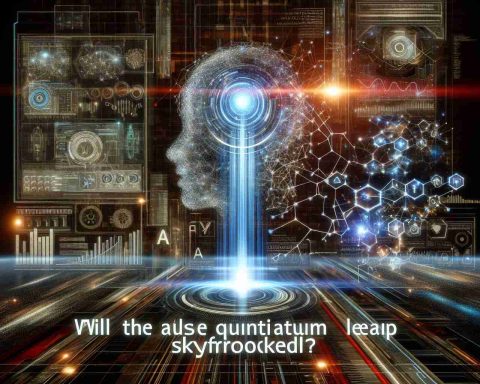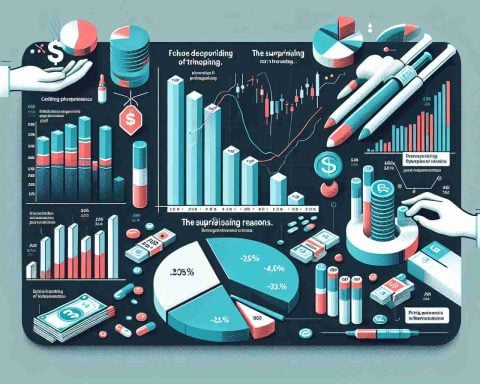Mazda is making headlines as it unveils a groundbreaking plant in Japan dedicated to electric vehicle (EV) battery production. Situated in Iwakuni City, Yamaguchi Prefecture, this facility aims to create battery modules specifically for Mazda’s upcoming electric models.
In a strategic partnership, Panasonic Energy will supply cylindrical battery modules that will power Mazda’s future EVs. This collaboration is pivotal in enhancing Mazda’s efforts to electrify its vehicle lineup.
Once the factory is up and running, it is projected to reach an impressive annual production capacity of 10GWh, reinforcing Mazda’s commitment to ramping up its EV manufacturing capabilities. The automaker has set its sights on 2027 for the release of its first vehicle built on a dedicated EV platform, departing from its previous reliance on modified combustion-engine designs.
Mazda’s CEO, Masahiro Moro, has confidently stated that the new platform will bring forth vehicles characterized by exceptional design and extended driving range. The company initially ventured into the EV market with the MX-30, a fully electric crossover introduced in 2019.
As Mazda forges ahead, it also plans to develop advanced lithium-ion batteries and invest in solid-state battery technology, highlighting its ambition for sustainable energy solutions. With its new plant and innovative platform, Mazda is set to carve out a significant presence in the competitive EV landscape.
Revolutionizing the EV Landscape: Mazda’s Bold Move into Battery Production
Mazda is making significant strides in the electric vehicle (EV) sector with the establishment of a state-of-the-art battery production plant in Iwakuni City, Yamaguchi Prefecture, Japan. This facility is set to be the cornerstone of Mazda’s transition towards a robust electric future, focusing on manufacturing battery modules for its forthcoming electric models.
Key Features and Innovations
1. Partnership with Panasonic Energy:
Mazda has entered a strategic alliance with Panasonic Energy to supply cylindrical battery modules that will power its future electric vehicles. This partnership is crucial as it enhances Mazda’s ability to produce reliable and efficient EV batteries, which are vital for the performance and sustainability of its vehicles.
2. High Production Capacity:
Once operational, the factory is expected to achieve an impressive annual production capacity of 10GWh. This level of output will significantly bolster Mazda’s manufacturing capabilities, helping the company meet the growing demand for electric vehicles in the marketplace.
3. Introduction of a Dedicated EV Platform:
Mazda is set to launch its first vehicle on a dedicated EV platform by 2027. This marks a notable departure from its previous strategy of modifying combustion-engine vehicles to create EVs. The new platform is designed to deliver exceptional vehicle design and an extended driving range, positioning Mazda as a serious contender in the competitive EV market.
4. Focus on Advanced Battery Technology:
In addition to cylindrical batteries, Mazda is actively pursuing the development of advanced lithium-ion batteries and exploring solid-state battery technology. These innovations are essential for increasing energy density and driving range, which are critical factors for consumer adoption of electric vehicles.
Market Trends and Predictions
As automakers globally pivot towards electrification, Mazda’s strategic move is aligned with broader industry trends emphasizing sustainability and innovation. Analysts predict that companies investing in battery technology and production will gain significant advantages in the EV market.
Pros and Cons of Mazda’s Strategy
Pros:
– Enhanced battery production capabilities.
– Strong partnership with a leading battery manufacturer.
– Future-proofing through a dedicated EV platform.
Cons:
– High initial investments in battery technology development.
– Competitive pressure from established EV manufacturers.
– Potential challenges in scaling up production to meet future demand.
Pricing and Sustainability Aspects
While specific pricing details for Mazda’s upcoming EVs and battery systems have yet to be released, the company’s commitment to sustainability is evident. The move towards a dedicated EV platform and advanced battery technology indicates a focus on reducing environmental impact and promoting longer-lasting energy solutions.
Use Cases and Compatibility
Mazda’s new battery technologies are aimed at compatibility with its electric vehicle models, enhancing user experience through improved performance and reliability. The upcoming vehicles are expected to appeal to consumers seeking environmentally friendly transportation options without compromising on quality and design.
Conclusion
With the establishment of its battery production plant and a clear strategic direction towards electrification, Mazda is poised to become a significant player in the EV market. By leveraging advanced battery technology and a dedicated platform for electric vehicles, Mazda aims to meet the future demands of a rapidly evolving automotive landscape.
For more information on Mazda’s initiatives, visit mazda.com.













